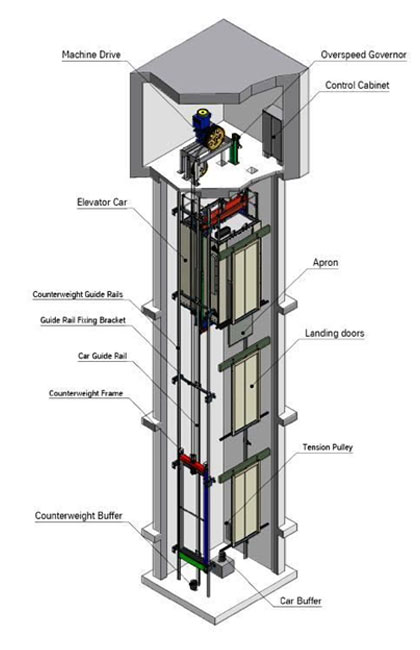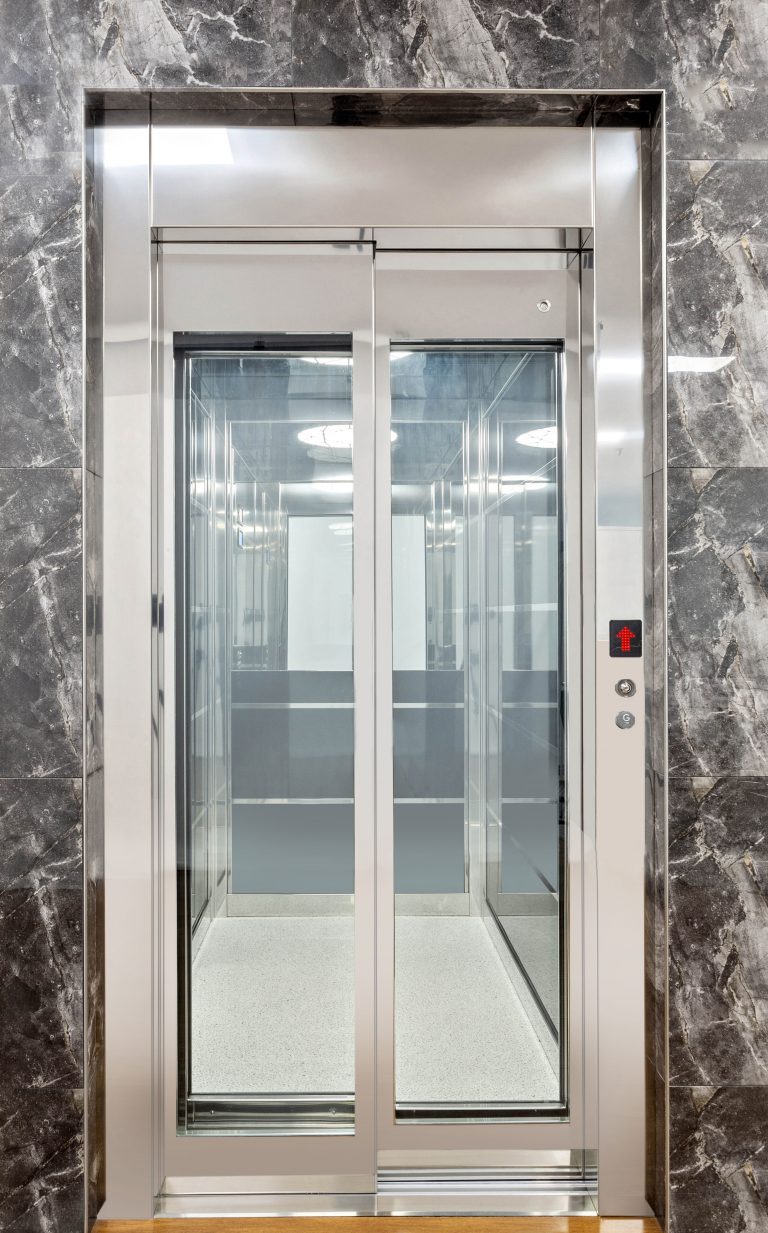Contrast Disabled Platform Lifts Prices UK: Affordable Options for each Requirement
Contrast Disabled Platform Lifts Prices UK: Affordable Options for each Requirement
Blog Article
Exploring the World of Elevators: Typical Issues Dealt With by Different Lift Devices
As we navigate via the upright transportation systems of modern-day structures, lifts stick out as an indispensable element of our day-to-day lives. However, behind their smooth operation lies a globe of elaborate systems that can often run into obstacles. From hydraulic lifts to grip systems and machine-room-less layouts, each lift type includes its set of usual concerns. Comprehending these challenges is crucial for ensuring the smooth functioning of these crucial systems. Let's discover the intricacies that underlie the procedure of lifts and the prospective concerns that can occur, clarifying the complex web of lift devices.
Hydraulic Lifts
Hydraulic lifts, typically chosen for low-rise buildings, make use of fluid pressure to regulate the movement of the lift car (lift repair companies). This mechanism entails a hydraulic pump pressing oil right into a cylinder, triggering the lift to move in the wanted direction. While hydraulic elevators are recognized for their smooth and quiet operation, they do feature their very own collection of typical problems
One widespread issue with hydraulic elevators is oil leakage. The seals in the hydraulic system can break over time, resulting in oil seepage. This not just produces a mess however can likewise impact the elevator's performance if left unaddressed. Additionally, issues with the control system, such as damaged valves or a malfunctioning pump, can trigger disruptions in the elevator's movement.
Routine upkeep and prompt fixings are necessary to make sure the smooth functioning of hydraulic lifts. By addressing these typical concerns proactively, structure proprietors can reduce downtime and make sure the safety and security and efficiency of their upright transportation system.
Traction Lifts
When considering vertical transport systems in structures, one more common kind apart from hydraulic lifts is the traction elevator. Traction elevators run utilizing a system of ropes and weights that relocate the elevator vehicle by gripping onto the hoist ropes. This mechanism enables for smoother and faster vertical transportation compared to hydraulic systems.
Among the usual problems encountered by grip lifts is rope wear. The constant movement of the ropes within the grip system can lead to tear and use with time, potentially causing the elevator to malfunction or become hazardous for use. Regular examinations and maintenance of the ropes are vital to make sure the elevator's appropriate functioning and safety and security.
One more problem that traction lifts may experience is connected to the control system. Troubles with the control system can lead to problems such as erratic movement, delays in reaction times, and even full closures. Routine screening and maintenance of the control system are essential to avoid such concerns and make sure the elevator's integrity.
Machine-Room-Less (MRL) Lifts

One of the vital elements of MRL elevators is the small gearless grip maker that is set up within the hoistway. This device effectively drives the lift cars and truck without the need for bulky devices located in typical traction lifts. Furthermore, MRL elevators commonly use a counterweight system to balance the auto, additional improving their energy performance.
Regardless of their benefits, MRL lifts might encounter challenges connected to repair and maintenance due to the constrained area for tools installment. Accessibility for servicing parts disabled platform lifts prices uk within the shaft can be restricted, needing specialized training for professionals. Correct maintenance schedules and regular evaluations are essential to make sure the ongoing smooth procedure of MRL lifts.
Overloading and Weight Limitation Issues
Are lifts outfitted to handle excess weight lots successfully and securely? Straining and weight restriction issues are vital problems in elevator procedures. Lift producers layout raises with particular weight abilities to ensure traveler safety and equipment durability. Exceeding these weight limits can bring about various troubles, consisting of mechanical failings, hold-ups, and safety threats.
When elevators are overloaded, it puts extreme strain on the motor, wires, and various other elements, potentially creating failures or breakdowns. Safety and security devices such as sensing units and overload sensors are in location to avoid lifts from relocating if they find excess weight. Additionally, exceeding weight limits can lead to boosted power usage and deterioration on the lift system.
To mitigate overloading problems, building supervisors should plainly display weight limitations in elevators and educate occupants on the importance of sticking to these constraints - lift repair companies. Normal upkeep checks by certified specialists can additionally assist ensure that elevators are running within safe weight parameters. By dealing with overloading and weight limit problems proactively, building proprietors can improve lift safety and security and performance
Electrical System Failings
Surpassing weight limitations in lifts can not just lead to mechanical issues yet also potentially contribute to electric system failings within the lift facilities. Electrical system failures are an important problem in elevator procedure, as they can create unexpected shutdowns, malfunctions, or also safety threats.
Routine upkeep and assessments are important to recognize and address potential electrical concerns without delay, ensuring the effective and secure procedure of lift systems. By sticking to weight limitations and performing regular electric system checks, structure proprietors can alleviate the danger of electric failings in lifts.
Verdict

Hydraulic lifts, frequently preferred for london lift company low-rise structures, use fluid pressure to manage the activity of the lift vehicle.When thinking about vertical transportation systems in buildings, one more usual type aside from hydraulic elevators is the traction elevator. Traction lifts run utilizing a system of ropes and counterweights that move the lift cars and truck by gripping onto the hoist ropes. Unlike traditional lifts that need a different equipment room to house the devices, MRL elevators integrate many of the elements within the shaft, getting rid of the lift repair near me need for a specialized maker room.In conclusion, elevators face common concerns such as hydraulic malfunctions, grip system failures, and electric system issues.
Report this page